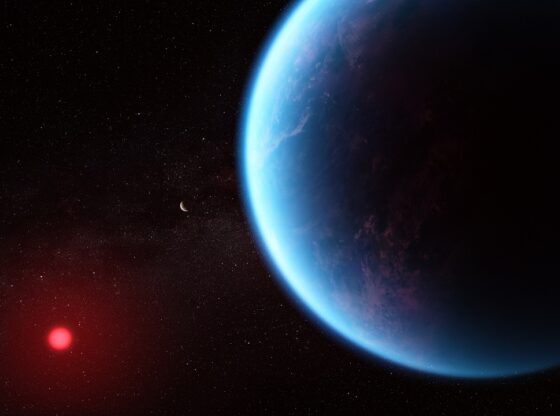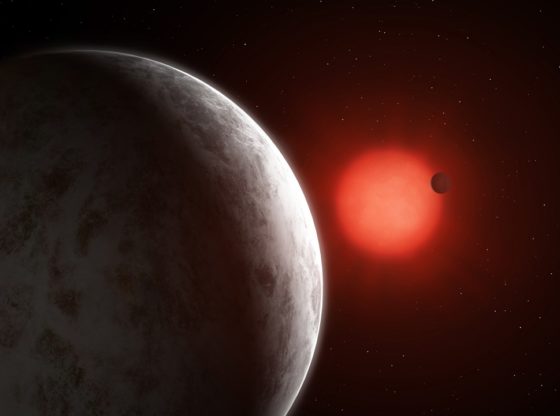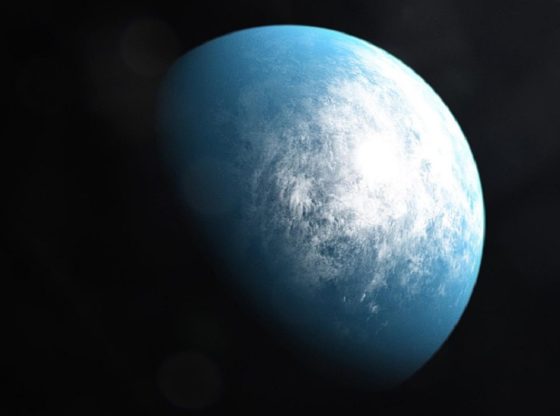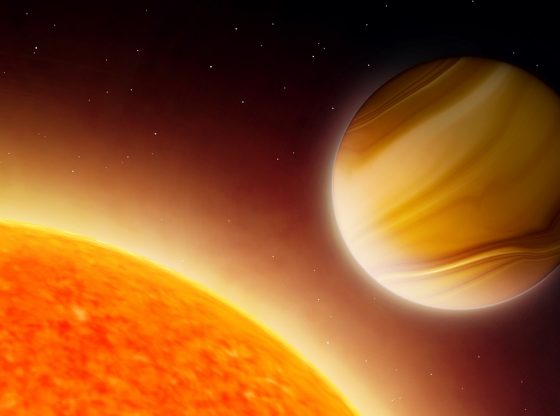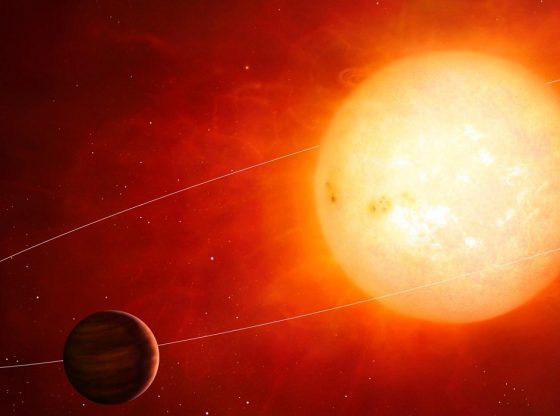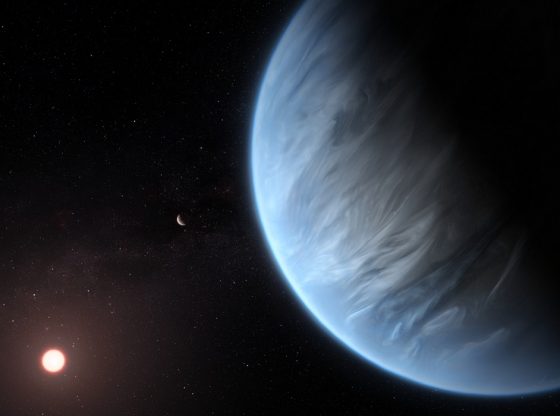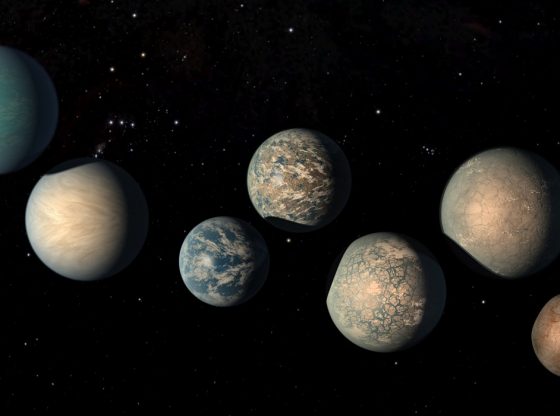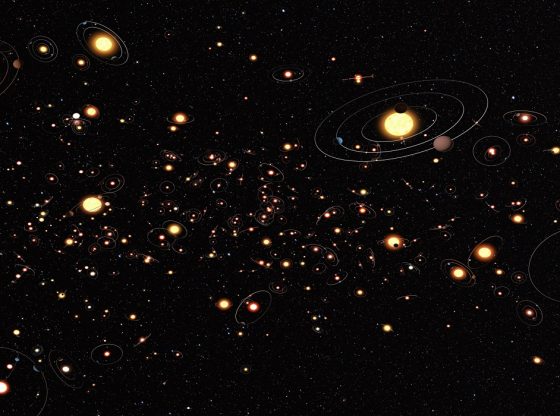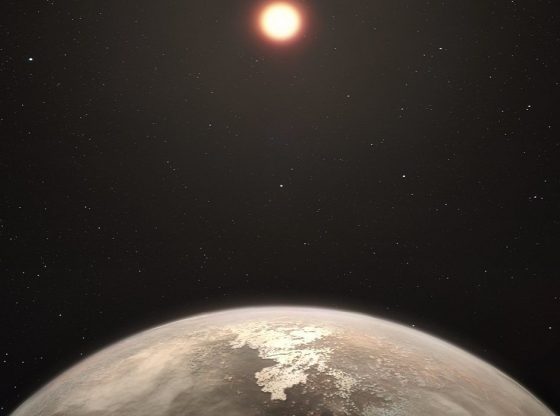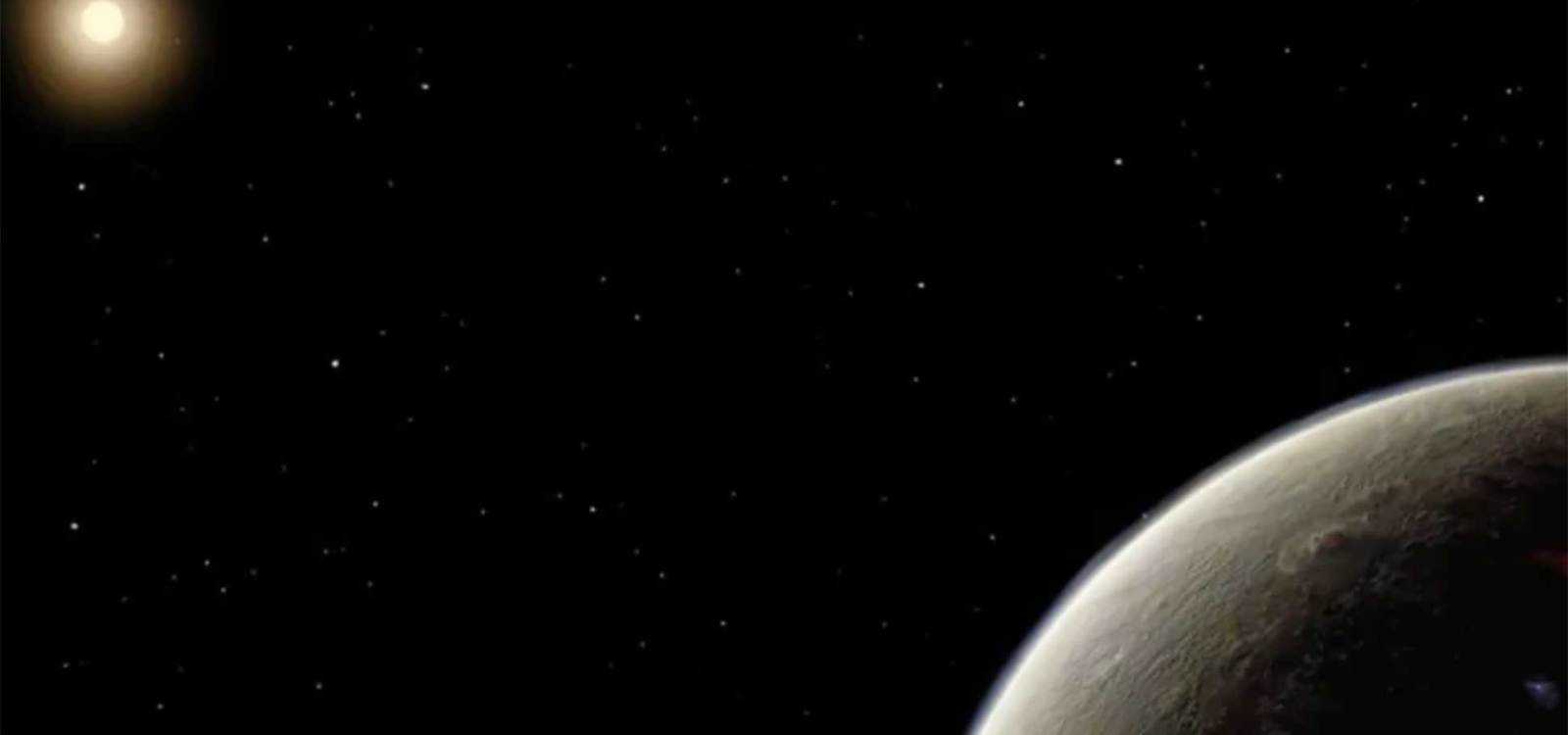
The Dharma Planet Survey, in a new study led by University of Florida (UF) astronomer Jian Ge and team including Tennessee State University (TSU) astronomers Matthew Muterspaugh and Gregory Henry, has shown that science fiction may be a little less so; the Dharma project has discovered what may be Star Trek’s famed planet Vulcan.
Located around 16 light-years from Earth in the southern constellation of Eridanus, 40 Eridani A is part of a triple-star system. Although it was never mentioned in the original TV series of Star Trek, it had been put forward as a proposed location for the planet by related literature.
In a 1991 essay, Star Trek creator Gene Roddenberry and a group of astronomers argued that 40 Eridani is the star that harbors Spock’s home planet.
Now, scientists have discovered an exoplanet that orbits that very sun-like star, a mere 16 light-years away, known as HD 26965 or 40 Eridani A, according to the team behind the Dharma Planet Survey.
“The planet is roughly twice the size of Earth and orbits its star with a 42-day period just inside the star’s optimal habitable zone.”
– University of Florida astronomer Jian Ge, Ph.D.
Jian Ge led the research, a part of the Dharma Planet Survey, which monitors 150 or so very bright stars nearby. The DEFT telescope, located on Mount Lemmon in southern Arizona, was used to discover the planet.
The team discovered a signal coming from the triple star system of HD 26965 that indicated the presence of a super-Earth. It is the first planet of its kind to be detected by the Dharma Survey and is also the closest super-Earth to our Solar System – making it an ideal case study for such planets.
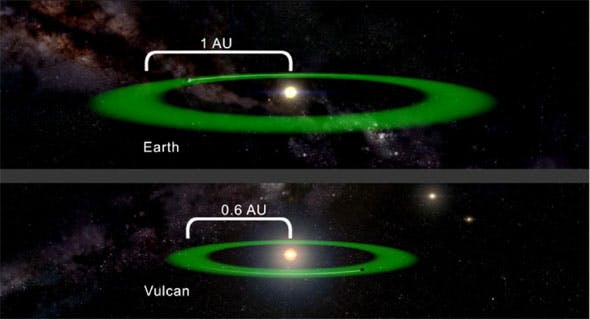
Real-life Vulcan is twice the size of Earth and a year lasts only 42 days. But it orbits its host star HD 26965 inside the “habitable zone”, according to a press release.
This new Vulcan’s sun is slightly cooler and smaller than our own sun, but is thought to be about the same age, which is 4.6 billion years old. It also has a similar magnetic cycle.
But don’t give up the search for Spock just yet. NBC News quotes Ge as saying that life forms might be able to survive on the planet’s cooler dark side.

